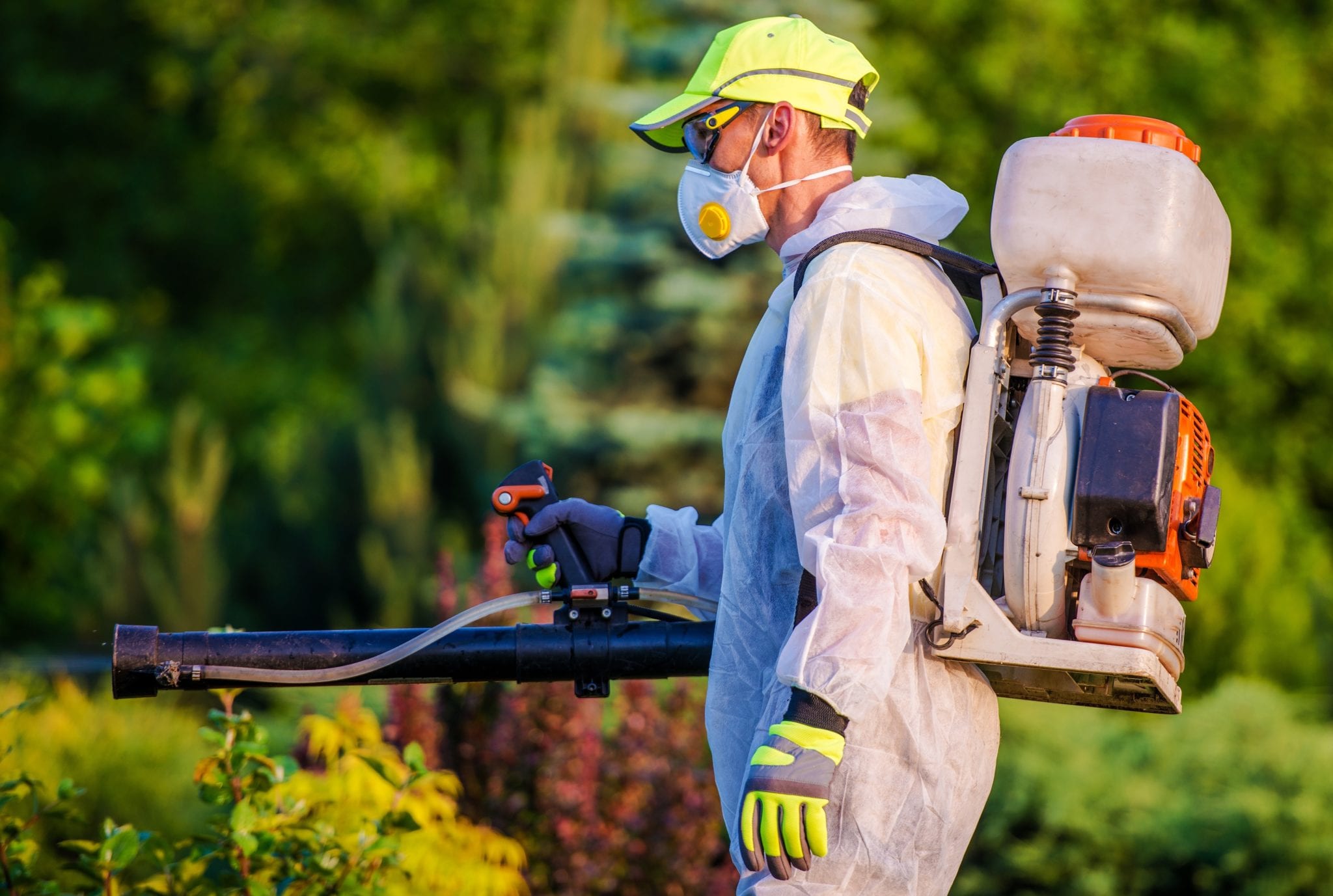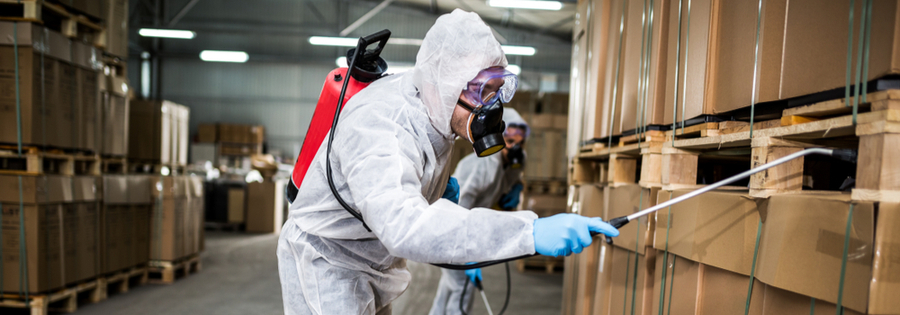Chicago Bug Infestation Removal: Rapid and Effective Pest Extermination
Chicago Bug Infestation Removal: Rapid and Effective Pest Extermination
Blog Article
A Comprehensive Overview to the Different Sorts Of Bug Control Approaches
With the myriad of pest control approaches available, it can be frustrating to discover the most effective solution for a particular bug problem. In this detailed guide, we will certainly discover these different types of pest control techniques, offering insights into their applications and benefits. By the end, you will have a clearer understanding of which approach may be the finest fit for your parasite control demands.
Chemical Pest Control Techniques

One common kind of chemical bug control is insecticides. Pesticides target particular insects, such as insects, termites, or ants, and can be utilized both inside your home and outdoors.
One more kind of chemical bug control is rodenticides. These are chemical substances made to regulate populations of rats, such as rats and computer mice. Rodenticides are normally used in bait kind, which brings in the rats and afterwards kills them after consumption. They are commonly utilized in agricultural setups, as well as in residential and industrial buildings (Customized pest control solutions Chicago).
Herbicide, additionally known as herbicides, are another kind of chemical insect control approach. Herbicides are designed to uniquely kill undesirable plants, referred to as weeds, without causing harm to desirable plants. They are frequently made use of in farming, landscape design, and gardening to manage the growth of undesirable greenery.
While chemical pest control approaches can be extremely efficient in removing pests, it is very important to utilize them carefully and follow safety and security standards. Overuse or abuse of chemical pesticides can have adverse effect on human health and the setting. It is vital to utilize these techniques sensibly and consider alternate insect control techniques whenever feasible.
Organic Parasite Control Methods
Biological insect control approaches involve making use of living organisms or all-natural materials to handle and regulate pest populations. Unlike chemical methods, which often depend on artificial pesticides, biological control techniques make use of the all-natural opponents of pests to control their populations. This strategy is taken into consideration more eco-friendly and lasting, as it decreases the usage of harmful chemicals and reduces the threat of pesticide resistance.
One commonly used biological pest control method is the introduction of all-natural killers or bloodsuckers. For example, ladybugs are introduced to regulate aphids, while particular wasp types are launched to target caterpillars. These killers and parasites feed upon bugs, minimizing their numbers and preventing problems.
Another biological control technique is making use of virus. Specific germs, viruses, and fungis can be employed to contaminate and kill specific parasites. The bacterium Bacillus thuringiensis is commonly made use of to control caterpillars, as it creates contaminants that are dangerous to these bugs.
Organic control approaches can also involve using pheromones or all-natural compounds that interrupt the breeding patterns of insects. By disrupting their reproduction, these methods help to lower pest populaces in time.
While biological insect control techniques are normally effective, they may call for longer periods to attain desired outcomes compared to chemical methods. Additionally, cautious consideration must be offered to the selection and release of all-natural adversaries to stop unintentional injury to valuable organisms or ecological communities.
Physical Bug Control Techniques
To properly handle and regulate pest populaces, alternate insect control techniques referred to as physical bug control methods are used. These techniques involve the use of physical obstacles, traps, or tools to avoid insects from accessing or harming property. One usual physical pest control technique is using displays or nets to maintain bugs out of structures or gardens. These screens are commonly made from great mesh material that enables ventilation while preventing parasites from going into. An additional physical pest control approach is the installation of fencings or walls to see maintain bigger insects, such as deer or rabbits, out of yards or farming fields. These obstacles physically obstruct the bugs' accessibility to the area, reducing the capacity for damages. Furthermore, traps and tools can be utilized to record or repel bugs. Sticky catches can be placed in areas where insects are a trouble, and the pests end up being stuck to the glue surface. Ultrasonic tools can also be utilized to discharge high-frequency noises that are unpleasant to insects, causing them to leave the location. Physical insect control approaches are an eco-friendly choice to chemical pesticides, as they do not count on the usage of hazardous chemicals.
Natural Pest Control Methods
All-natural parasite control techniques offer a lasting and eco-friendly approach to handling and removing pests. One of the most typical all-natural parasite control methods is biological control. By embracing these natural bug control techniques, people and communities can properly manage insects while lessening the negative effects on the environment and human health.
Integrated Parasite Administration (IPM)
Integrated Parasite Monitoring (IPM) is a thorough and organized method to pest control that combines different strategies and methods to effectively handle insects while lessening the usage of chemical pesticides. IPM aims to keep parasite populaces listed below the economic injury degree by using a combination of social, biological, and chemical control techniques.
Cultural control approaches include modifying the setting to make it less beneficial for parasites. This can consist of methods such as plant turning, proper cleanliness, and making use of immune plant selections. By developing negative conditions for bugs, cultural control methods can significantly minimize pest populaces.

Chemical control techniques are utilized as a last hope in IPM. They involve the targeted and cautious usage of pesticides to manage pest populaces. Unlike traditional insect control techniques, IPM aims to minimize using chemical pesticides by utilizing different techniques.
Integrated Parasite Administration (IPM) is a positive method that concentrates on long-term bug management as opposed to relying entirely on reactive steps. By integrating multiple control approaches, IPM provides a more lasting and eco-friendly approach to pest control.
Conclusion
It reviewed chemical, biological, physical, and all-natural bug control techniques, as well as the integrated bug monitoring method. By comprehending these various methods, people can make enlightened choices on why not check here which bug control approach is most suitable for their details demands and preferences.
Report this page